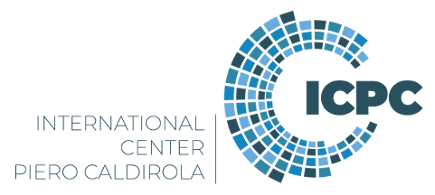Speaker
Description
This work presents the Vacuum Ultraviolet Spectrometer (VUV) designed to monitor the divertor region of JT-60SA which is starting its activity in support of the exploitation of ITER and by complementing it in resolving key physics and engineering issues for DEMO. The aim of the spectrometer is to characterize the contribution of impurities to the radiation emitted in the divertor region in different scenarios and to study the divertor physics including the plasma detachment. Positioned on an upper port with a vertical line of sight aiming at the divertor, the spectrometer is based on the double SPRED (survey, poor resolution, extended domain) spectrometer originally employed on Textor. It has been refurbished with two new toroidal gratings specially designed to compensate the aberration, to allow 1D imaging detection and to maximize the spectral resolution. The instrument covers a wavelength range from 10 nm to 125 nm separated in two ranges of 10-48 nm and 44-125 nm, with an overlapping region to perform the cross calibration. These two ranges are measured simultaneously using the two separate channels, enabling the instrument to resolve the emission across the entire range. Wavelength resolution in the two ranges is 0.08 nm and 0.14 nm respectively, with a 50 μm wide entrance slit for each. Given the extended length of the JT-60SA port ducts, the system is equipped with a custom-designed optical relays comprising golden-coated toroidal mirrors with possibility of remote control of the alignment. These mirrors focus the plasma emission at the divertor onto the two slits. Subsequently, the emitted light is dispersed by the gratings and measured by two high sensitivity CCD detectors. Integration on the machine required analysis of the compatibility with the magnetic environment as well as the thermal conditions, especially of the components that protrude into the duct.

